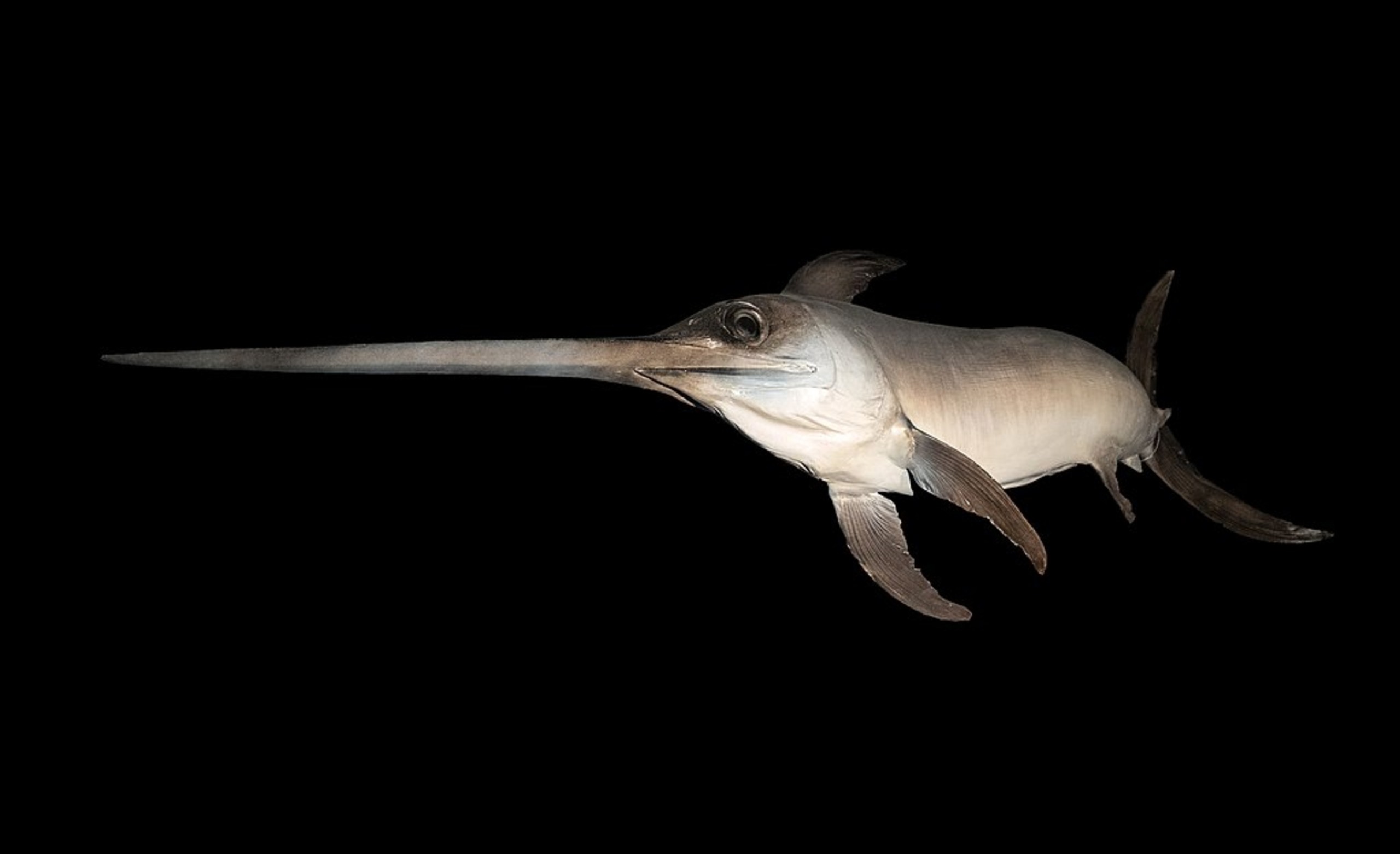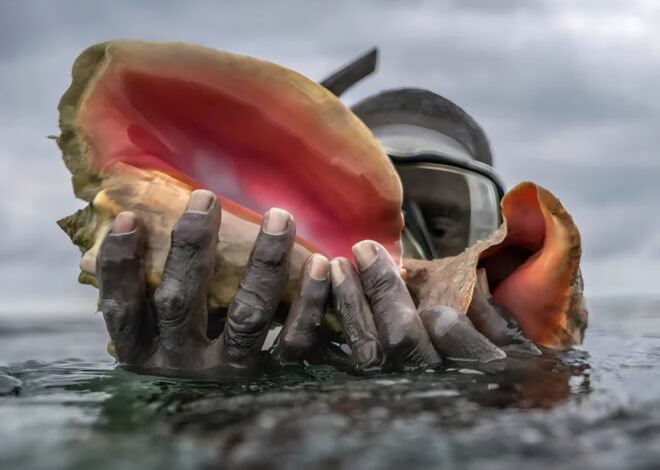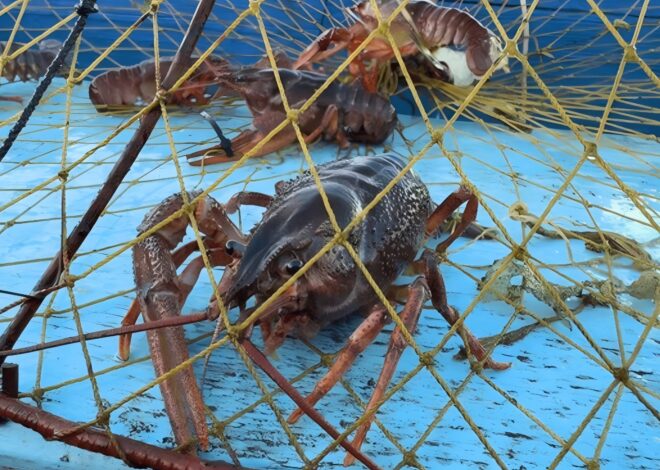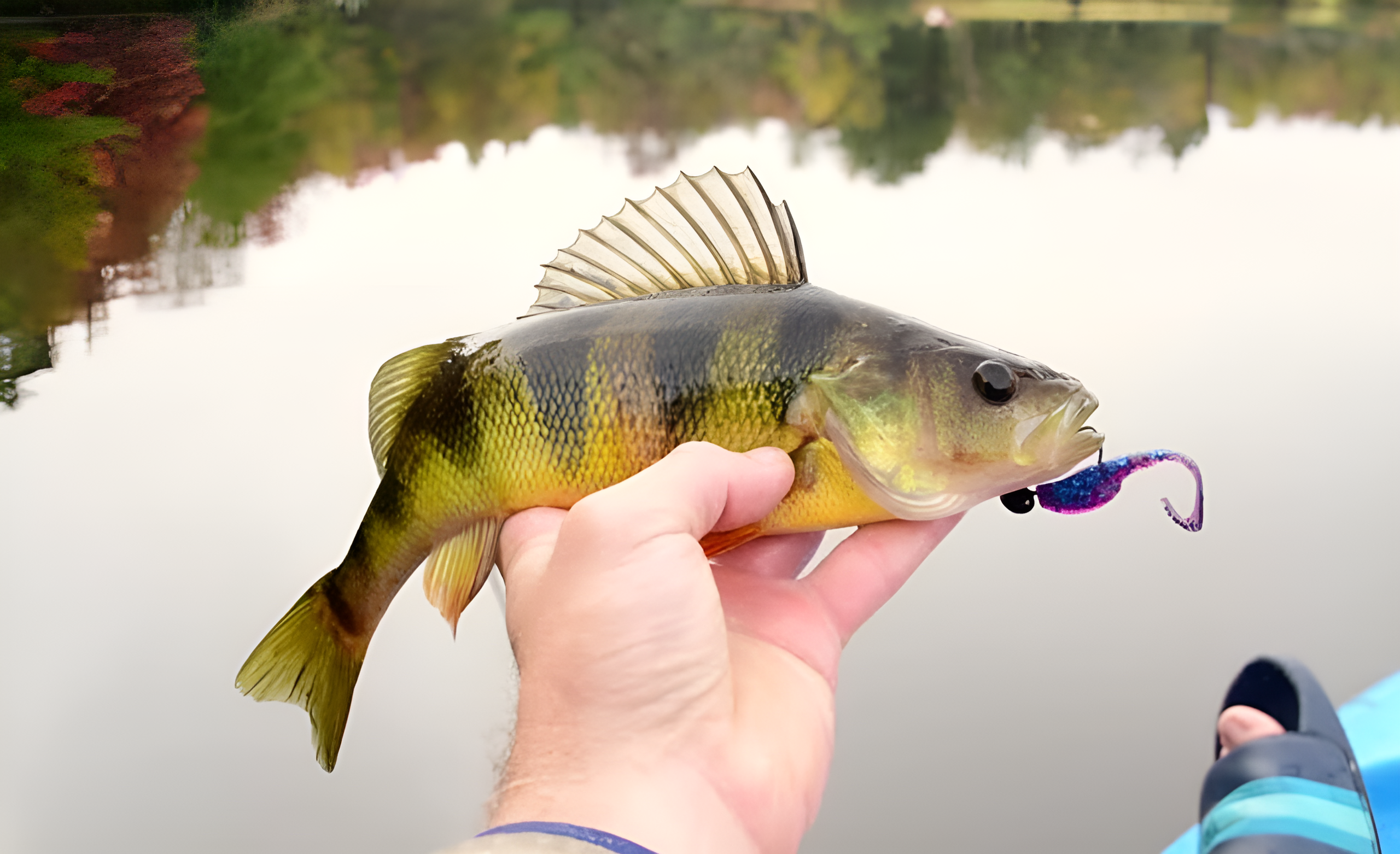
How To Catch A Swordfish
Welcome to our fishing guide on how to catch a swordfish. If you’ve ever dreamed of battling a giant beneath the waves, swordfishing might just be your ultimate adventure. These magnificent creatures are known for their sleek bodies and incredible strength, making them one of the most sought-after game fish in the ocean.
Whether you’re a seasoned angler or new to fishing, learning how to catch a swordfish can provide an exhilarating challenge that few other experiences can match. From understanding their habits to mastering techniques specific to this impressive species, let’s dive into everything you need to know about landing your very own swordfish. Get ready—your next big catch is waiting!
Essential Gear for Swordfish Fishing
When gearing up for swordfish fishing, having the right equipment is crucial. Start with a sturdy rod designed to handle heavy loads. A 6 to 7-foot long rod offers the perfect balance between strength and flexibility. Next, invest in a high-quality reel. Look for one that has a strong drag system capable of holding at least 50-100 pounds of line capacity.
This will help you battle those powerful swordfish effectively. Your line choice should be braided or monofilament, ideally in the range of 80-130 pound test. Braided lines provide excellent sensitivity while minimizing stretch. Don’t forget about your terminal tackle!
Circle hooks are particularly effective due to their unique design that helps minimize gut-hooking fish. Bring along proper safety gear and tools like gaffs, harpoons, and gloves to ensure you’re prepared for any situation on the water.
Understanding the Swordfish:
Understanding the swordfish will be key to your success. Learning their physical characteristics and habits will go a long way in helping you land that prized catch you’ve been dreaming about!
A. Physical Characteristics
Swordfish are truly remarkable creatures. They can grow up to 10 feet long and weigh over 1,000 pounds. Their streamlined bodies allow them to move swiftly through the water.
One of their most distinctive features is the long, flat bill that resembles a sword. This unique adaptation helps them hunt by stunning prey with quick jabs. The sword also aids in maneuvering through schools of fish.
Their coloration varies from deep blue on top to a silvery-white belly underneath, offering excellent camouflage against potential predators and prey alike.
Additionally, they possess large eyes that enable them to see well in dimly lit depths—a crucial advantage when hunting at night or during twilight hours. These traits make swordfish not just fascinating but formidable opponents for anglers seeking an unforgettable catch.
B. Habits
Swordfish are fascinating creatures, known for their elusive nature and unique behaviors. They prefer warmer waters, often found in the Atlantic, Pacific, and Indian Oceans. These fish are primarily nocturnal hunters.
At night, swordfish rise to shallower depths to feed on a variety of prey. Their diet includes squid, smaller fish, and crustaceans. This feeding pattern makes nighttime an ideal time for anglers looking to catch them.
During the day, they tend to dive deeper into cooler waters. Here they become less active but can still be targeted using specific fishing techniques like deep dropping or daytime trolling.
Understanding their habits is crucial for successful fishing trips. Being aware of these patterns allows fishermen to plan effectively and improve their chances of hooking one of these magnificent fish.
Techniques for Catching a Swordfish:
Catching a swordfish requires skill and patience. Try these two techniques below and you’ll hook a swordfish in no time at all! Patience is the key here.
A. Deep Dropping
Deep dropping for swordfish is an exhilarating technique that requires both skill and patience. This method involves fishing at significant depths, often between 1,200 and 2,000 feet. The right equipment makes all the difference here.
First off, you need a sturdy rod paired with a powerful reel capable of handling heavy lines and weights. A good choice would be braided line for its strength and sensitivity.
Bait selection is crucial in deep dropping. Squid or large chunks of fish work best to attract these elusive predators lurking in the dark depths below.
Finding the right spot can be challenging but very rewarding. Look for underwater structures like ledges or drop-offs where swordfish tend to congregate during their feeding frenzy.
Patience is key while waiting for a bite; it might take time before you feel that unmistakable tug on your line!
B. Daytime Swordfishing
Daytime swordfishing offers a thrilling alternative to traditional nighttime methods. The sunlit hours present unique challenges and rewards.
During the day, swordfish tend to be deeper in the water column, seeking cooler temperatures. This behavior means anglers often need to adjust their tactics accordingly.
Using heavier weights can help bring bait down to the right depth quickly. Employing a sturdy rod paired with high-quality line is essential for battling these powerful fish.
Many experienced fishermen advocate for using live bait during daylight hours. A lively presentation can attract curious swordfish that might otherwise ignore dead offerings.
Patience becomes crucial as you wait for bites, which may come sporadically throughout the day. Keeping an eye on your gear and maintaining focus will maximize your chances of success while enjoying the beautiful ocean views under clear skies.
Techniques for Baiting and Hooking Swordfish
Baiting and hooking a swordfish requires finesse. The right bait can make all the difference. Live squid, mackerel, or bonito are top choices because they mimic natural prey. When you’re ready to set your bait, ensure it’s securely hooked. This prevents the fish from stealing it without getting caught.
A circle hook is often recommended; its design allows for more effective hookups with less chance of deep hooking. Consider using a light leader line to increase stealth in clear waters, but be cautious about strength when you finally reel in that massive catch.
Pay attention to your rod tip as it bends or twitches—these subtle signs indicate that a swordfish might be interested. Patience is key here; wait until you feel a solid pull before setting the hook firmly and decisively.
Tips for Reeling in a Swordfish
Reeling in a swordfish is no easy task. These powerful creatures can put up quite a fight, so preparation is key. First, maintain steady pressure on the line. Dramatic changes can lead to losing your catch. Keep your rod at an angle that allows you to control the fish without exhausting yourself. Use short, quick pumps when reeling in.
This technique helps gain line while minimizing strain on both you and the fish. Remember not to jerk or yank; finesse goes a long way here. Stay alert for sudden runs. Swordfish are known for their bursts of speed, and you’ll need to adjust quickly if they decide to dive deeper or change direction.
Take turns with others on board if you’re fishing with friends. Tag-teaming relieves fatigue during those intense moments as you battle this majestic giant from below the waves.
Tips for Successful Swordfish Fishing Trips
Planning is key for a successful swordfish fishing trip. Make sure to research the best times and locations where swordfish are abundant. Knowing these details can make all the difference. Consider teaming up with local experts or charter services.
They often have insider knowledge about current conditions, helping you maximize your chances of a catch. Check your gear before heading out. Ensure that everything from rods to bait is in top condition. A well-prepared angler has a better shot at success. Stay patient and persistent during your outing.
Swordfishing can test even the most seasoned anglers’ resolve, so keep spirits high while waiting for those bites. Don’t forget to document your experience! Taking notes on what worked—and what didn’t—can be invaluable for future trips on how to catch a swordfish more effectively.
Safety Precautions when Catching Swordfish
Catching swordfish can be exhilarating, but safety should always come first. Ensure everyone onboard is wearing a life jacket. This simple step can make a significant difference in emergencies. Monitor weather conditions closely. Sudden storms can arise, making waters treacherous and unpredictable.
Always have an escape plan if things take a turn. Use proper gear when handling swords. Their bills are sharp and powerful, posing injury risks to the unprepared. Gloves can protect your hands during the fight. Stay alert while reeling in your catch. Swordfish are known for their strength and agility; they may leap or thrash unexpectedly as you reel them closer.
Have first-aid supplies on board to address minor injuries quickly. Being prepared ensures that small accidents don’t mar your fishing experience. Communicate regularly with your crew about any potential hazards on deck or around the boat as you pursue this thrilling catch.
Rules and Regulations while Swordfish Fishing
When venturing out to catch a swordfish, understanding the rules and regulations is crucial. Each region has its own set of guidelines that protect both the species and the environment. Fishing licenses are often required, so check local requirements before heading out.
This ensures you’re fishing legally while contributing to conservation efforts. There are also limits on size and quantity. Many areas enforce minimum size restrictions to promote sustainable practices. Familiarize yourself with these specifications; releasing undersized fish helps maintain healthy populations for future generations.
Seasonal closures may apply in some regions. Adhering to these time frames is important for protecting spawning stocks during critical periods. Familiarize yourself with any specific gear restrictions or methods allowed in your area. Compliance not only supports responsible fishing but enhances your overall experience on the water as well.
Conclusion: The Thrill of Catching a Swordfish
Catching a swordfish is an experience unlike any other. The adrenaline rush as you hook into one of these magnificent creatures creates memories that last a lifetime. Their strength and size challenge even the most seasoned anglers, making each encounter thrilling.
As you prepare for your next fishing adventure, remember the essential gear and techniques discussed earlier. Understanding swordfish habits can increase your chances of a successful catch. With patience, skillful baiting, and proper reeling techniques, you’re well on your way to landing this impressive fish.
Every trip is unique; embrace the unpredictability of the ocean. Each moment spent waiting for that line to go tight adds to the excitement and anticipation. Whether it’s during deep dropping or daytime fishing, every technique has its charm. Swordfishing isn’t just about catching a fish; it’s about connecting with nature in its rawest form.
It offers not only competition but also camaraderie among fellow fishermen sharing tips and stories at sea. The thrill lies not just in catching but also in understanding these incredible creatures we pursue—crafting strategies while respecting regulations ensures sustainability for future generations of anglers eager to partake in this exhilarating sport.



